A ridge cap forming machine is a type of roll forming equipment used to produce ridge caps – longitudinal roofing panels used to cover the ridge line of a roof. Ridge caps serve both practical and aesthetic purposes, protecting the roof apex from weather damage while adding an attractive finish.
How Does a Ridge Cap Forming Machine Work?
A ridge cap forming machine forms ridge cap panels by pressing flat metal coil stock into the desired ridge profile through a series of progressive die rolls. Here are the key stages:
- The flat metal coil is loaded into the machine and fed through a straightening mechanism to remove coil curvature
- The leveled stock enters forming stations with roll dies arranged in a sequence to gradually bend the sheet into the ridge cap profile
- With each pass through a station, the angle of the bend increases until the final ridge cap shape is achieved
- Finishing operations like punching, cutting to length, and hemming may be incorporated for finished caps
- Formed ridge caps exit the machine automatically with lengths dictated by the controller
Main Components of a Ridge Cap Machine
| Component | Function |
|---|---|
| Uncoiler | Holds metal coil stock and feeds into machine |
| Straightener | Removes coil curvature |
| Forming stations | Bend sheet in stages with rolling dies |
| Cutoff press | Cuts caps to specified lengths |
| Controller | Sets forming parameters and automates processes |

Key Factors When Choosing a Ridge Cap Machine
Here are key considerations when selecting ridge cap forming equipment:
Intended Metal Material
- Machines for thin metals like aluminum differ from those processing thick, heavy-duty steel
- Tooling must withstand material hardness and be corrosion resistant
Production Volume Requirements
- Larger machines suit bigger facility output while smaller ones suffice for custom jobs
- Production rate ranges from 10-15 feet/minute for manual units to 100+ feet/minute for high-speed automated lines
Dimensional Accuracy Needed
- Aircraft-grade aluminum caps demand high precision while small variation is permitted in some steel buildings
- Rigidity of framing, number of forming stations, and inline gauging impact tolerance
End-User Flexibility
- Customizable tooling for profile switching offers flexibility but involves changeover downtime
- Dedicated machines provide efficiency for high-volume runs of one profile
Budget Constraints
- Initial capital outlay directly correlates with automation level, production rate, and longevity
- Any additional operations like punching or filtering also raise costs
Finding the optimal balance between capability and affordability requires clearly defining production needs. Work with an experienced manufacturer to specify the correct machine configuration for the application.
-
 Weld pipe roll forming machine
Weld pipe roll forming machine -
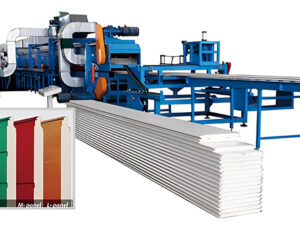 Garage door panel roll forming machine
Garage door panel roll forming machine -
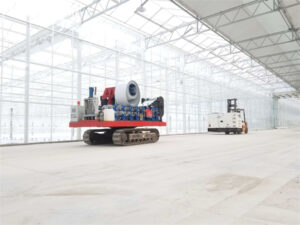 Green modern Agriculture gutter panel roll forming machine with tank chain
Green modern Agriculture gutter panel roll forming machine with tank chain -
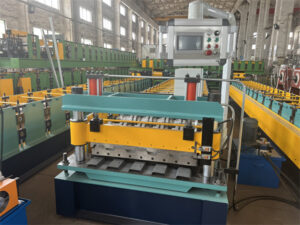 Roll forming machine China for Automatically PPGI Fence Panel
Roll forming machine China for Automatically PPGI Fence Panel -
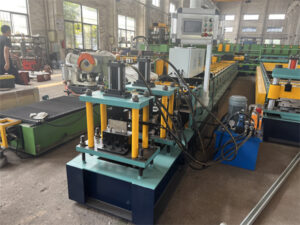 Roll forming machine company for Fence guide Rail
Roll forming machine company for Fence guide Rail -
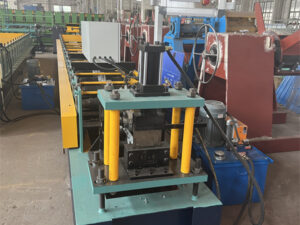 Roll forming machine cost for Fence post guide rail good price
Roll forming machine cost for Fence post guide rail good price -
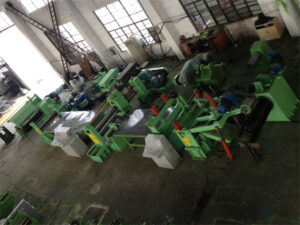 Cut To Length Line
Cut To Length Line -
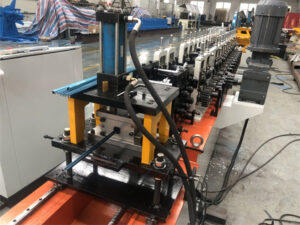 Stainless U Channel for Glass Window Supporter Machine
Stainless U Channel for Glass Window Supporter Machine -
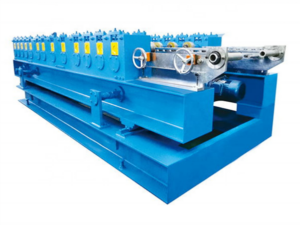 Shutters Box Series Forming Machines
Shutters Box Series Forming Machines
Applications of Ridge Caps from Forming Machines
The versatile ridge cap profiles produced by these roll formers serve varied roofing installation needs across sectors:
Residential Buildings
- Ridge caps used on sloped roofs of homes, apartments, gazebos, sheds etc.
- Made of aluminum or galvanized steel with acrylic or polymer coating
- K style popular for shingled roofs while vertical panel caps suit metal roofs
Commercial Buildings
- Caps on warehouses, airplane hangars, agricultural buildings etc.
- Tend to be made of thicker grade steel for durability
- Offer rigidity while allowing ventilation at roof peaks
Infrastructure Projects
- Ridge beams cover arches on structures like stadiums, auditoriums, terminals
- Weathering steel and aluminum used for longevity and corrosion resistance
- Require precise tolerances from high-end forming lines
Solar Panel Mounting
- Ridge caps provide elevated bases for solar PV panel installation
- Must withstand panel load and environmental factors for decades
No matter the end-use, this versatile metalforming equipment produces ridge caps with the exact specifications needed by roofing contractors and building owners.
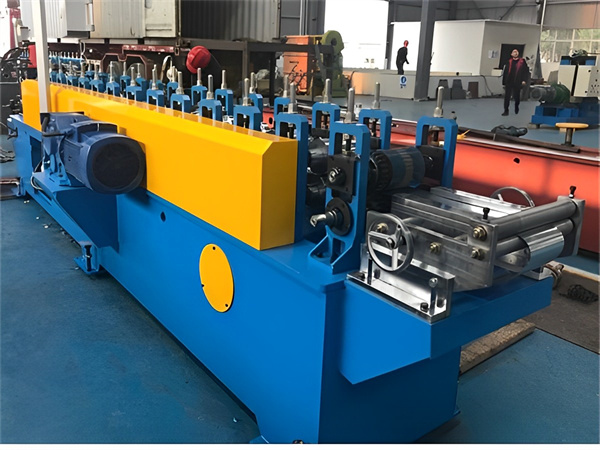
FAQ
Q: What metals can be formed into ridge caps?
A: Common materials include aluminum, galvanized steel, zinc alloy coated steel, and copper. The machine tooling must match the type, thickness, width, and temper grade of metal.
Q: Can a ridge cap machine make other roofing trim parts?
A: Yes, with changeover to custom roll dies, the same machine can produce panels like faceted hip caps, eave trim, rake trim, and even wall flashing profiles.
Q: How are ridge caps secured to roofs?
A: Formed ridge caps may have integrated clips or feature punched holes to enable screw fastening onto roof decking or rafters beneath. Adhesives are also used.
Q: What safety measures are important on these machines?
A: Equipment safeguarding like emergency stops, light curtains, dual hand controls pauses operation when sensing human access during production. Proper PPE and training on working with sheet metal machinery is critical.
